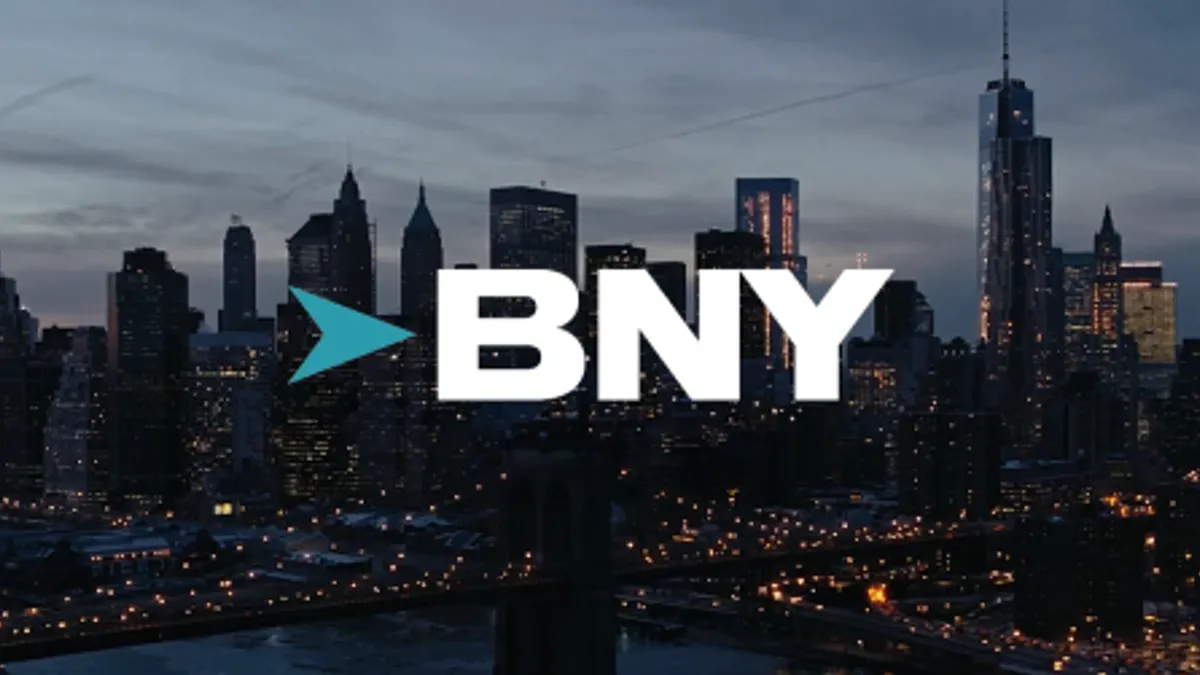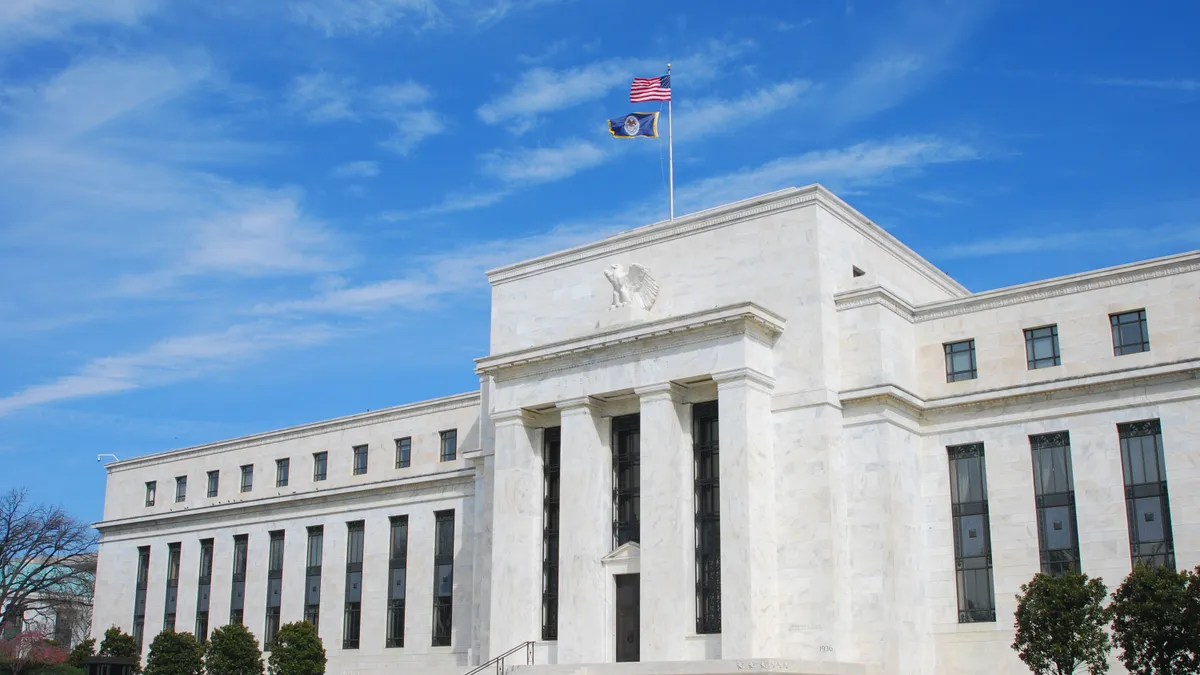The irrevocability of instant payments, whether through peer-to-peer or real-time channels, is shaping up to be a fraud risk, especially since users can willingly send money to scammers.
Banks can, however, do more to warn consumers of scammers before they send funds, said Carl Slabicki, executive platform owner of treasury services at BNY.
It would be valuable if banks told consumers “we actually just recognized a really big scam because we took all this market data and we're going to use it to implement even more friction,” Slabicki said Wednesday at a fintech conference in Washington hosted by Semafor. Banks could do more in the way of sharing information to identify upcoming trends in payment data to proactively warn customers, he added.
Bank responsibility for fraudulent transactions through Zelle, for example, is prompting scrutiny from legislators, with some institutions beginning to reimburse certain consumers who fall prey to impostor scams.
They can do more to prevent these fraudulent transactions by implementing a more robust risk management framework and data-sharing protocols — principles outlined by the National Automated Clearing House Association, Slabicki said.
“Greater and better information sharing among financial institutions can be used to counter fraud in multiple ways: improved dissemination and awareness of fraud scenarios; communication and collaboration between participants on specific instances of fraud; and qualitative and quantitative data sharing on fraud patterns,” Nacha said in a 2022 white paper on the topic.
Asked about the relatively slow uptake for FedNow, Slabicki suggested greater adoption will be tied to the promotion of instant payments more broadly — whether through FedNow or RTP, the real-time payments network operated by The Clearing House.
Buy-in for instant payments, in the U.S. market, is complicated by a large number of financial institutions. Other countries, including Australia, Singapore and India, have a leg up because a smaller number of banks can push instant-payment adoption more quickly, he added.
“We really want to sell and promote the value of instant payments — network agnostic,” with use cases that include business-to-consumer disbursements, e-bills and account funding, Slabicki said.
“We’re actually spending a lot of time bringing our clients who are other banks, corporates, fintechs to the table to bring their voice in on questions like ‘What would you need to actually use RTP are FedNow more to help your business case?’” he said.
BNY plans to take this feedback to the Federal Reserve and The Clearing House to advocate for a common instant payment user experience, Slabicki said.
“You really do need [a] network effect for those types of use cases to flourish,” he said.
Slabicki said 70% of U.S. accounts can accept an instant payment credit 24 hours a day.
“It’s actually pretty good adoption, when you think about it,” he said. “The challenge is: there's a huge, long tail of banks in the market that we're going to have to continue to work through to get to that aggregation point.”















